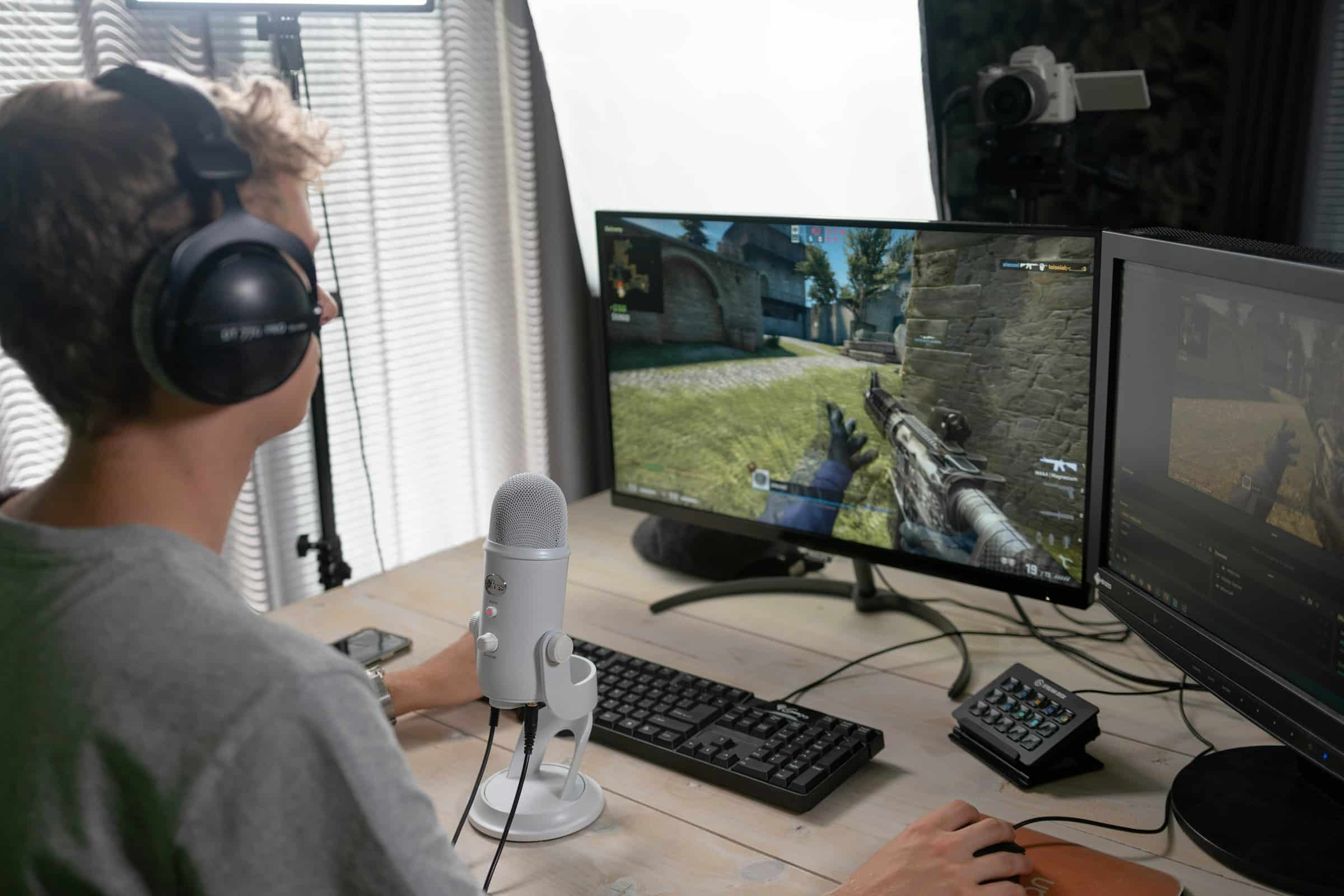In the fast-evolving world of virtual reality (VR), one of the most critical components to get right is the user interface (UI). Designing user-friendly interfaces in VR games demands a careful balance of game design, user experience, and interaction design principles. As developers, you are not just creating a game; you are crafting an immersive experience that can transport players into an entirely new virtual environment. This article explores the key considerations that will guide you through developing user-friendly interfaces for VR games, ensuring that your users have the best possible experience.
Understanding the Virtual Environment
When designing for VR, understanding the virtual environment is paramount. Unlike traditional games, VR immerses players in a 360-degree world where they interact with elements in a far more intuitive and physical manner.
Lire également : How can developers use AI to create more engaging and dynamic storylines in RPGs?
Importance of Spatial Awareness
In VR, spatial awareness is crucial. Your players will be moving their heads and bodies to explore the environment, so your interface design must adapt to this. Place UI elements in logical locations that are easily accessible and avoid placing important information where it can be missed. For instance, health bars and menus should be within the player’s line of sight but not intrusive.
Realism and Immersion
The sense of immersion is what sets VR apart from other gaming experiences. Your design principles should aim to minimize disruptions to this immersion. Use realistic textures, lighting, and sound to make the virtual environment as believable as possible. When designing virtual interactions, consider how actions would feel in the real world and replicate that in your game.
A lire aussi : How can haptic feedback be integrated to enhance user immersion in VR horror games?
Handling Motion Sickness
One of the significant challenges in VR is motion sickness. To mitigate this, ensure that your design game maintains a stable frame rate and minimizes rapid movements. Avoid sudden, jerky motions and provide visual references that help anchor the player, such as a virtual nose or fixed horizon line. Incorporating these elements can significantly reduce the risk of motion sickness and enhance the user experience.
Emphasizing Visual Hierarchy and Clarity
Visual hierarchy is essential in guiding players’ attention and helping them navigate the game world effectively. A well-organized interface can make a significant difference in how players perceive and interact with the game.
Prioritizing Information
Identify the most critical information that players need at any given time and make it prominent. For instance, mission objectives, health status, and inventory should be easily accessible and readable. Use size, color, and placement to establish a clear hierarchy, ensuring that the most important elements stand out without overwhelming the player.
Consistency in Design
Consistency in interface design not only improves user-friendly interactions but also enhances the overall user experience. Use consistent symbols, colors, and layouts throughout your game. This helps players to quickly understand and predict how to interact with various elements, reducing the learning curve and making the game more intuitive.
Readability and Legibility
Ensure that all text and UI elements are legible within the VR environment. This means choosing appropriate font sizes, contrasts, and avoiding overly complex fonts. Consider the player’s distance from the text; what looks clear on a monitor might be unreadable in a VR headset. Always test your designs in the actual VR setting to ensure clarity.
Best Practices in Interaction Design
Interaction design in VR games goes beyond traditional input methods. It involves designing interactions that feel natural and intuitive in a three-dimensional space.
Natural Motion and Gestures
Use natural motions and gestures for interactions whenever possible. For example, grabbing objects with a hand motion or turning a door handle with a twisting gesture. These intuitive actions can significantly enhance the user experience and make the game more immersive.
Haptic Feedback and Audio Cues
Incorporating haptic feedback and audio cues can greatly enhance the sense of immersion. Haptic feedback can mimic sensations such as vibrations or pressure, while audio cues can provide immediate feedback for interactions. These elements help to create a more immersive experience and make interactions feel more real.
Simplifying Controls
Complex controls can be a barrier to entry for many players. Simplify the controls as much as possible and provide clear, in-game tutorials to help users understand how to interact with the game world. This is especially important in VR where traditional control schemes may not apply.
User Testing and Iterative Design Process
No design is perfect on the first try. User testing and an iterative design process are crucial for developing a user-friendly VR game interface.
Conducting User Testing
Regular user testing allows you to gather feedback and identify pain points in your interface design. Test with a diverse group of users to get a wide range of perspectives. Pay close attention to how they interact with the game and where they encounter difficulties.
Iterative Improvements
Based on the feedback from user testing, make iterative improvements to your design. This may involve tweaking the placement of UI elements, adjusting visual hierarchies, or refining interaction designs. The goal is to continuously refine your interface to better meet the needs and expectations of your players.
Keeping Up with Trends
The field of VR and game development is constantly evolving. Stay informed about the latest trends and best practices in VR interface design. This will help you to incorporate new ideas and technologies into your game, keeping it fresh and engaging for players.
Designing for Both VR and Augmented Reality
As augmented reality (AR) becomes more prevalent, designing interfaces that can work across both VR and AR platforms is becoming increasingly important.
Cross-Platform Compatibility
Designing for cross-platform compatibility can broaden your game’s reach and accessibility. Consider how your interface will function in both VR and AR environments. While VR offers a fully immersive experience, AR overlays digital elements onto the real world. Your design should be adaptable to both contexts, providing a seamless experience regardless of the platform.
Leveraging AR Features
AR brings unique opportunities for interaction and engagement. Leverage AR-specific features such as location-based interactions and real-world object recognition to enhance your game’s functionality. These features can add an additional layer of immersion and make your game stand out in the crowded market.
Consistent User Experience
Ensure a consistent user experience across both VR and AR platforms. While the interactions may differ, the overall look and feel of the game should remain cohesive. This will help to create a familiar and comfortable experience for players, regardless of the platform they are using.
Designing user-friendly interfaces in VR games is a complex but rewarding endeavor. By understanding the nuances of the virtual environment, emphasizing visual hierarchy and clarity, following best practices in interaction design, and engaging in a rigorous design process, you can create an interface that enhances the user experience and keeps players immersed in your game.
As you venture into the world of VR game development, remember that the key to success lies in the details. Every element of your interface design, from the placement of UI components to the feel of interactions, contributes to the overall immersive experience. By prioritizing the player’s needs and continuously refining your design, you can develop a VR game that is not only enjoyable but also user-friendly and engaging.
The future of VR gaming is bright, and with thoughtful, user-centric design, you can be at the forefront of this exciting industry.











